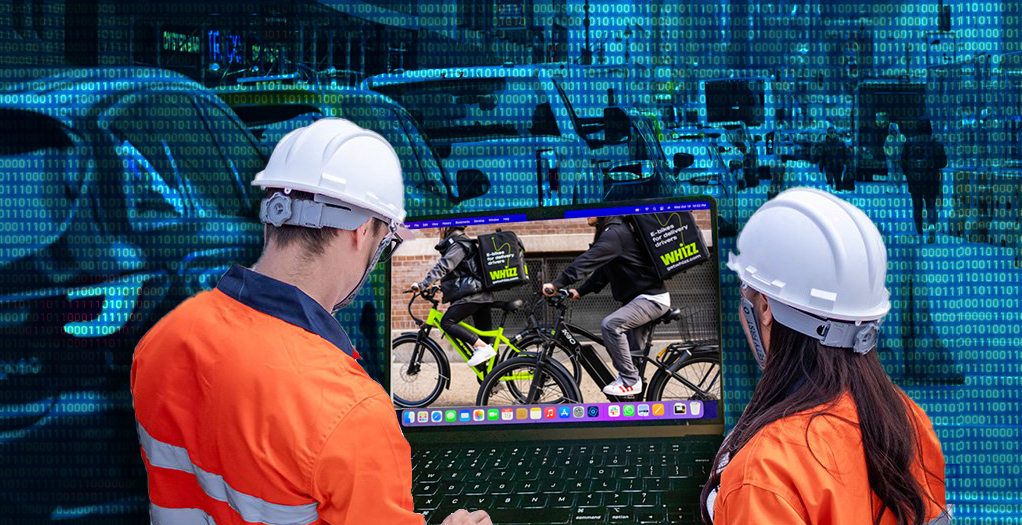
"In the years following the pandemic, a spate of residential fires caused by exploding lithium-ion e-bike batteries shocked the city, in large part because those fires broke out in predominantly residential neighborhoods, where unscrupulous residents had improperly stockpiled dozens, and sometimes hundreds, of batteries. At the same time, fast-moving e-bike riders alarmed New Yorkers who were more accustomed to the lower speeds of non-electric bikes."
"In response, city officials passed several laws and regulations designed to contain the threat of fires and collisions. These included mandatory UL certifications for bikes and batteries; a modest trade-in program aimed at delivery workers with unsafe bikes; a requirement that delivery platforms help workers finance safer bikes; and reduced speed limits. But most of these interventions require ongoing enforcement, a task at which the city has never excelled."
Post-pandemic New York experienced a major increase in e-bike use alongside dangerous battery fires and public concern about fast-moving riders. Residential fires were often caused by exploding lithium-ion batteries stored improperly, sometimes in dozens or hundreds per location. The city enacted measures including mandatory UL certifications, a trade-in program for unsafe delivery bikes, platform financing requirements for safer bikes, and reduced speed limits. Enforcement is a critical weakness given more than 65,000 riders across the five boroughs, making routine compliance checks impractical. High monthly bike sales through small shops further complicate control of post-sale modifications and unsafe practices.
Read at Streetsblog
Unable to calculate read time
Collection
[
|
...
]